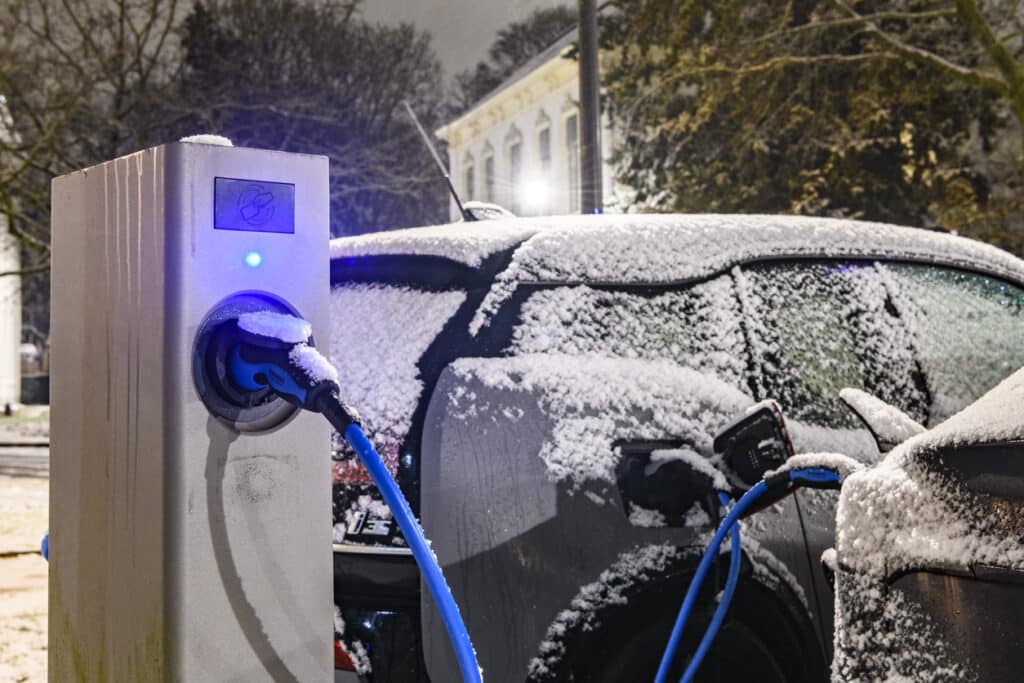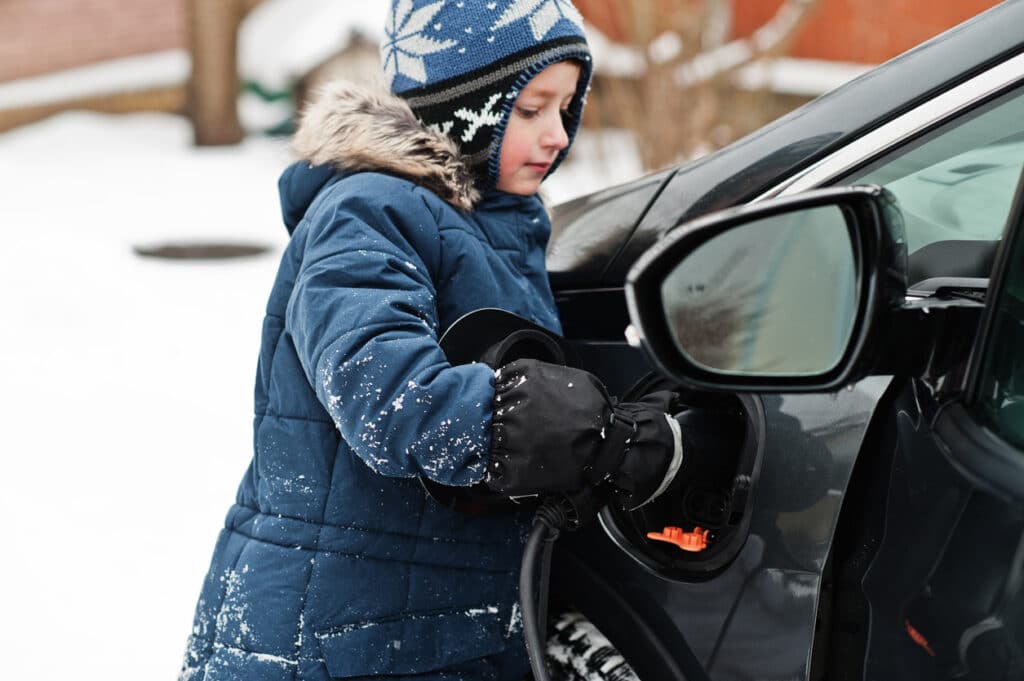Electric cars are relatively new to the market, meaning research is still ongoing into how manufacturers can make them as efficient as possible. And one of the big questions that remain about EVs is to what extent does cold weather affect their range and performance?
If you’re thinking about buying an electric car or you’re heading into winter for the first time with yours, this guide can help you understand what can happen in cold weather.
Quick links
- EV in Cold Weather: What’s the Problem?
- Do Electric Cars Start in Cold Weather?
- How Much Range do Electric Cars Lose in Cold Weather?
- EV Cold Weather Performance
- Charging Your Electric Car in Cold Weather
EV in Cold Weather: What’s the Problem?
Cold weather spells can impact the range and performance of electric vehicles. Compared to hybrid and traditional fuel types, cold temperatures can significantly reduce their efficiency in some cases. But why is this?
Unlike petrol, diesel and hybrid cars that use engine heat to control the temperature in the cabin, EVs rely on power from the same source that drives the electric motor. This means that because EVs don’t have an engine producing heat, heating the car becomes increasingly difficult and requires warmth to be generated by the battery.
And when the battery needs to work harder, it uses more power and lowers the range you end up getting from a single charge.

Do Electric Cars Start in Cold Weather?
The short answer to this question is yes, they do start in cold weather.
However just like standard engines, they can suffer starting issues in the cold, with low temperatures placing added strain on the battery and power unit.
This shouldn’t affect your ability to start the car as you normally would, though you might need to leave more time before beginning your journey to let everything heat up.
How Much Range Do Electric Cars Lose in Cold Weather?
As we mentioned earlier, the range of electric cars can drop in the winter because the battery is working harder to heat the inside. This drop can vary depending on the size of the battery and the outside temperature.
Most drivers value their mileage – especially those with particularly long commutes or a tendency to make longer journeys. Since EVs generally achieve fewer miles than their petrol or diesel counterparts, the drop in range in the winter time is something to consider.
Lower Temperatures
In short, the lower the outside temperatures, the less range you’re likely to get out of your EV.
The exact range difference will vary from car to car due to their different specifications, although almost all will see some kind of reduction. If you’re worried about the range dropping too far, then this is a point you should focus on in your EV search.
Car choice
The range you lose in cold weather can vary depending on the make and model. Newer electric cars can combat the weather better and don’t require as much energy to heat the car, allowing you to achieve a better range. You’ll still get fewer miles out of them in winter compared to the warmer months, but they can be better than some earlier EV models.

EV Cold Weather Performance
Something to bear in mind is that electric cars are generally heavier than petrol and diesel models. Therefore they may be more difficult to control in poor weather conditions, with longer stopping distances than other comparably sized vehicles.
Investing in a good set of winter tyres can mitigate this risk, as you should with any other car if you frequently experience colder weather.
On the other hand, the heavy battery does give many of these cars a lower centre of gravity, which can aid traction and improve handling in snowy conditions.
Charging Your Electric Car in Cold Weather
Safety issues may arise when thinking about charging an electric car in cold weather or extreme conditions. This is where providers have thought carefully about creating their chargers since they use protective layers and cover shields preventing water mixing, short-circuiting, sparks, and current loss.
Electric cars themselves are also designed and built to withstand rain and water intrusion, while usually having a decent IP rating of around 67. So there’s no need to worry about any safety concerns regarding charging or driving the vehicle in cold, wet weather.
Although there aren’t any added dangers to charging your car in cold weather, the process could be slower than usual.
Tesla has pointed out that their Supercharger stations will charge vehicles at a slower rate in cold weather, and the same may be true for other public charging point providers.

How Long Could Charging Take in Cold Weather?
You can expect to wait up to 45 minutes for a rapid charge that would normally take 30 minutes, and even add extra hours for your typical overnight charge. Couple this with the lower range your car might achieve in colder weather, and this could increase your risk of running out of charge mid-journey due to limited range.
Nobody wants to be left stranded in the middle of winter, so the best way to avoid this is to charge the car more often than you normally would. However this can be costly if your charger is at home and you pay for the electricity yourself, or if the charger requires payment.
We hope you’ve found this guide to the potential problems associated with EVs in cold weather useful. For more helpful tips and insights, head to the Prestone help centre. Looking for hard-working car maintenance products that are tested in all extremes? Tap here for our full product range.
